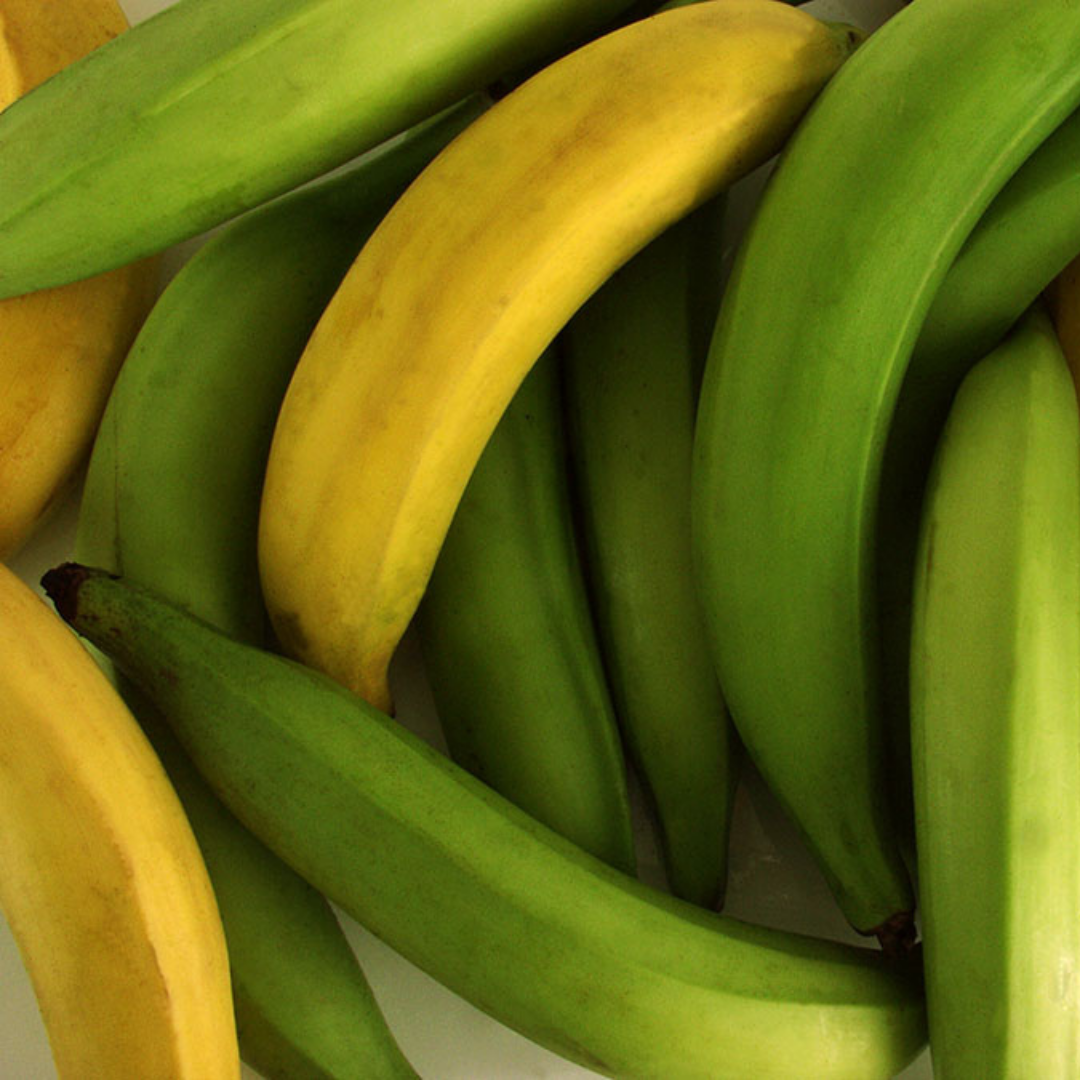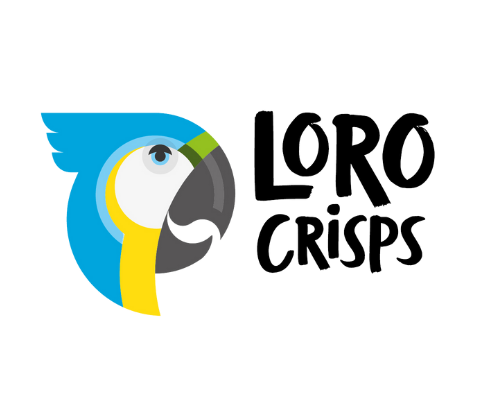
A history of the plantain in five steps
Share
The Journey of Plantains: From Ancient Origins to Global Staple
Where Did Plantains Come From?
While plantains are a staple food around the world today, their origins trace back to the wilds of Southeast Asia and parts of Oceania. Here, two key species—*Musa balbisiana* and *Musa acuminata*—flourished in the wild. These two plants laid the foundation for the plantain and banana varieties we know today. Through thousands of years of cultivation, they became the ancestors of the many modern bananas and plantains we enjoy.
How Did Plantains Evolve?
The history of plantains is a testament to human innovation and adaptability. As early as 10,000 years ago, people began cultivating plantain plants, blending the inedible but hardy *Musa balbisiana* with *Musa acuminata*, which bore more palatable fruits. This ancient crossbreeding created the early versions of the edible plantain, making it one of the first cultivated food plants. Over centuries, plantains were domesticated much like animals, adapted to suit human needs and diets.
How Did Plantains Reach Colombia?
Plantains are not native to Colombia or anywhere in the Americas. They arrived there, and throughout the Caribbean, via Portuguese explorers who brought them from Africa. Even in Africa, plantains had been introduced through ancient trade routes that linked Southeast Asia to Africa and beyond. By 327 BC, when Alexander the Great invaded India, he encountered plantains and brought them back to Greece. With their long shelf life and versatility, plantains quickly became a valued trade item, spreading through ancient trade networks to far-off lands.
Who First Ate Plantains in the Americas?
In the Americas, plantains became an essential food source for African slaves, forcibly brought to the Caribbean and Latin America by European colonists. Already familiar with plantains from their homeland, these enslaved Africans brought their cooking techniques and recipes with them, blending their culinary traditions with local ingredients. Over time, plantain dishes took root in Caribbean and Central American cuisine, with flavors and recipes that endure today.
What About Plantains Today?
Today, plantains are a global staple, ranking as the fourth most important food crop after rice, wheat, and milk. They are essential in the diets of people across Central and South America, the Caribbean, and Africa. Beyond these regions, plantains are enjoyed as snacks and ingredients worldwide, from Japan to the UAE—where Loro Crisps proudly offers plantain crisps in supermarkets, bringing the vibrant taste of plantains to snack lovers everywhere.
